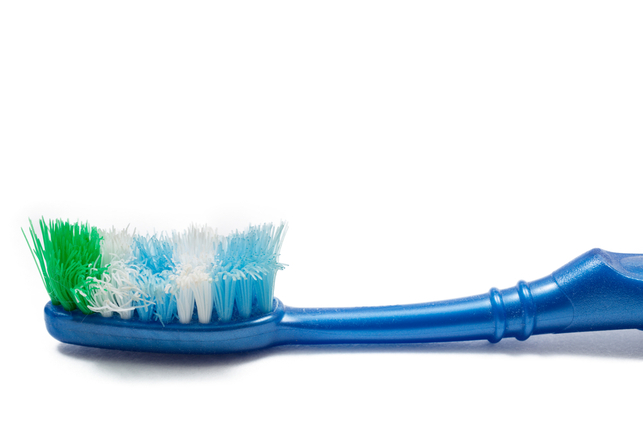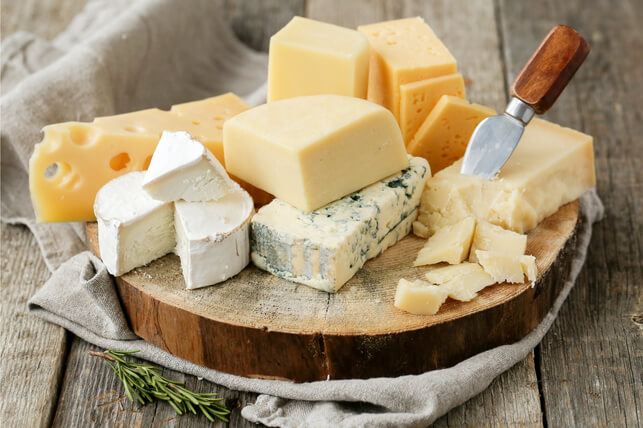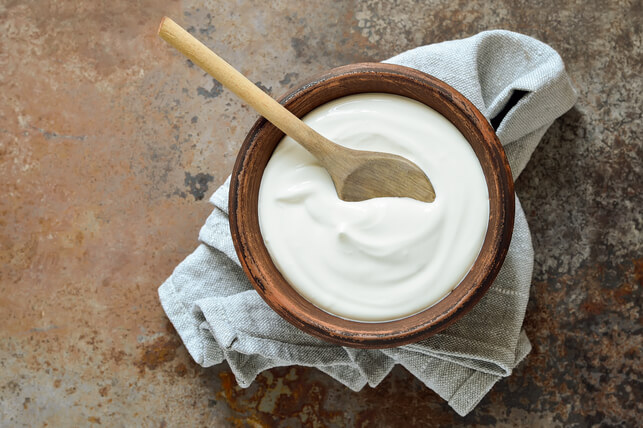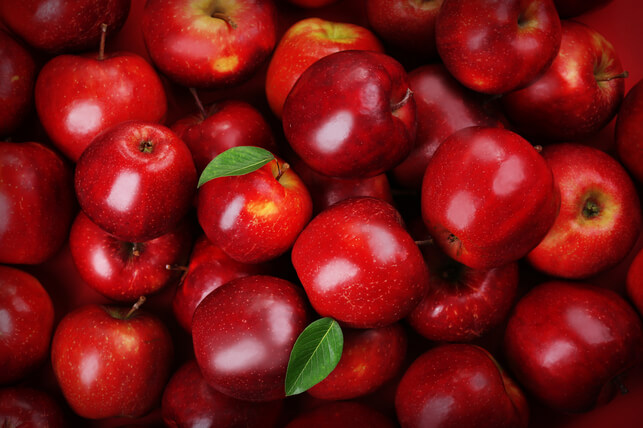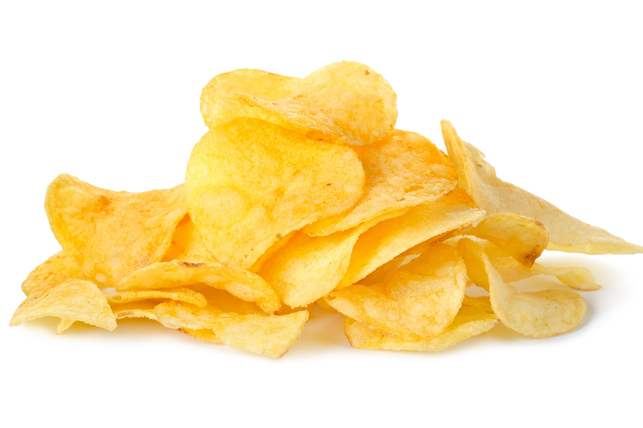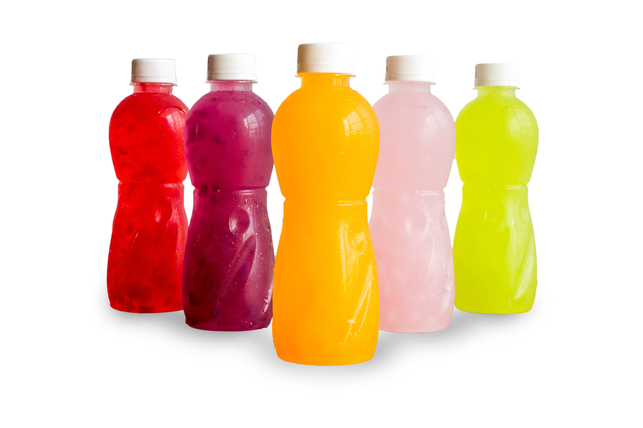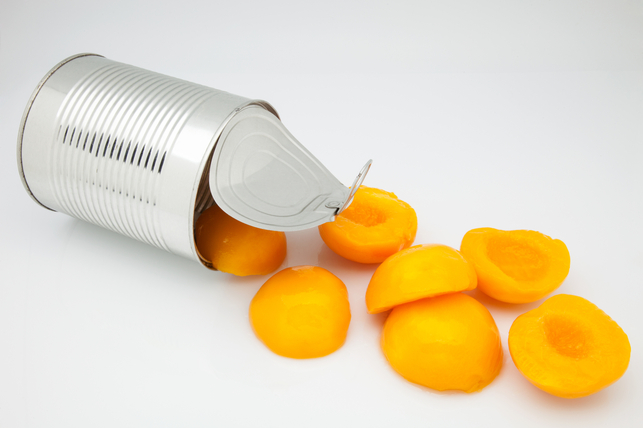Eating too much sugar can lead to tooth decay, but it can be difficult to find snacks or cook without sugar. However, there is an all-natural sweetener that can help clean teeth and still satisfy your sweet tooth. Here’s how sugar can lead to cavities, and why xylitol is a sugar substitute you should know about.
Sugar Fuels Cavities
Sugar feeds the harmful bacteria on your teeth, and creates acid that erodes enamel. This causes plaque and ultimately cavities, which is why you should limit the number of sugary foods and drinks your child consumes.
Before buying your children snacks, check the back of the package for the amount of sugar contained in the snack. Try to avoid sugary drinks like soda, fruit juice and sports drinks, all of which are notoriously high in sugar. It can be hard to find packaged snacks without a lot of sugar, so you may consider adding more fruits and vegetables to your family’s diet. This can help cut a lot of sugar out of your overall diet, and improve your oral health.
Xylitol is a Sweetener, but Nothing Like Sugar
Xylitol is a lot like sugar, but it’s actually very different in some very important ways. In fact, Xylitol has the sweet benefits of traditional sugar, but it doesn’t have the negative effects on teeth like sugar.
Microscopic Differences
Sugar comes from the sugar cane plant, and is genetically different from xylitol. Xylitol naturally occurs in fruits and vegetables, and its genetic makeup is much healthier for teeth than traditional sugar. The proteins and carbohydrates in traditional sugar fuel cavities, while the genetic makeup of xylitol prevents this from occurring. By preventing acidic attacks on teeth, xylitol can actually help strengthen enamel and prevent future tooth decay.
Xylitol Stimulates Saliva Production
One way the mouth fights cavities is by producing saliva to wash away food debris, and restore its proper Ph balance. Xylitol naturally stimulates saliva that aids in overall oral health. Increased saliva can help prevent bad breath by eliminating dry mouth, and prevent prolonged exposure to acid and sugar caused by food debris.
Try Xylitol
Xylitol comes in granules that resemble traditional sugar, and it is incredibly easy to substitute in place of sugar. You can buy xylitol “sugar” from health food stores and natural grocers, usually in the baking aisle. Try substituting xylitol for sugar in your recipes, and see if the taste is affected. By incorporating more xylitol – and reducing your sugar intake – you can gain vital oral health benefits.
Have You Tried Xylitol Gum?
A good way to try xylitol is by getting gum sweetened with xylitol. Try chewing it 15 minutes after a meal to improve your saliva production, and naturally clean your teeth. Xylitol gum with help you rid your mouth of food debris, and combat bad breath. You can find xylitol gum in most pharmacies, health food stores, or online.
Visit Our Office
By maintaining a healthier diet, you can help your child prevent cavities and promote a healthier smile. You should also encourage them to brush twice per day for two minutes at a time, and floss once daily.
Additionally, it’s important to visit our office every six months so that we can keep an eye on the state of your child’s smile and determine a treatment plan that keeps them cavity-free.



